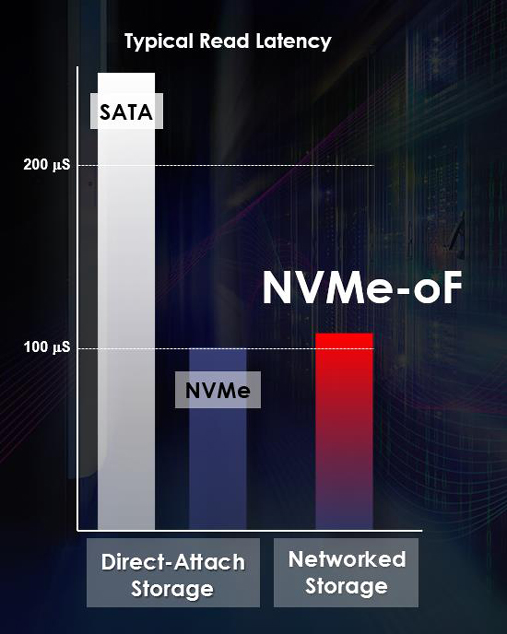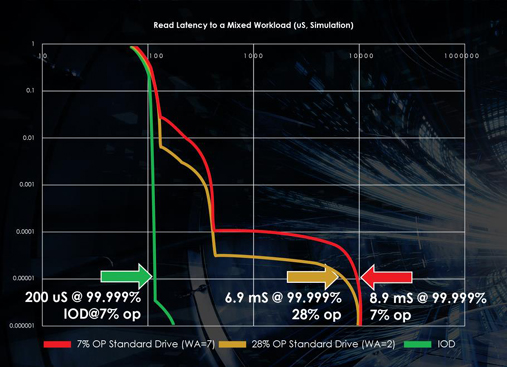In the developed world we take the internet for granted. We can’t imagine life without it, at least my kids can’t, and in the developing world this is, of course, much less common. There is a huge industry effort to enable the next billion users to not only increase gross domestic product (GDP), but elevate people’s lives with internet access. It’s an amazing initiative, but what role will flash play?
The most obvious, if you look at the challenge here, is the citizens of developed countries make more money, and they spend more money. Consequently, phone manufacturers and internet service providers (ISPs) can spend more money to reach these people. In the developing world, there is of course less money to spend. Looking at the internet adoption rates in these countries, there’s a huge correlation between income and internet adoption. And then if you look at where the next billion users are coming from over the next three years, China, Indonesia, and India represent 600 million users over the next three years and that will primarily be through smart phones.

Source: 2017 Cisco VNI Complete Forecast and Trends Update, June 2017
There is a big initiative to bring a usable $30 smart phone to market and drive down costs of data services. Innovations in flash can be a major part of this.

Source: Forward Insights, May 2017 Forecast
The easiest point to make is flash will continue to decline in cost with more cost-effective technologies like 96-layer 3D flash memory and QLC (quadruple-level cell) bringing the benefits of flash to a new tier of applications, lowering the cost of delivering products and services. Thanks to these innovations, Moore’s Law is alive and well when it comes to flash.
It’s important to also consider how we will reduce the cost of deploying the infrastructure to support the next billion users. There are two additional methods worth noting. Today, most data centers are putting SSDs inside servers to reduce read latencies by 5-10X. While this approach optimizes latency, it does not optimize storage capacity like networked storage. Now with NVMe-oF™ (NVM Express® over Fabrics)1, running on the new remote direct memory access (RDMA) networks they are rolling out now, data centers can achieve near DAS-like performance with the flexibility and resilience that comes with networked/pooled storage. Toshiba’s NVMe-oF software, along with orchestration software, will enable automated, efficient storage in the cloud, further reducing deployment costs.

Source: Internal Toshiba Research, May 2017
And finally, we’re doing even more to make Service Providers more efficient with IO Determinism. It is well known that SSD programs and erases block reads, therefore it’s inevitable that you will have a distribution that falls outside of the goals of the SSD. Data centers have distributed workloads, so they are waiting on the last server and the last SSD to finish its work and deliver its data before they can call their job complete. Data centers don’t like this and are looking for ways to address these outliers.
Currently, one way data centers address this is by further overprovisioning the SSDs from 7% to 28%. This helps but adds cost and still doesn’t get Quality of Service (QoS) to the 99.999% level. If you look at the work we’ve done with Facebook on NVMe sets, we can get to a much lower latency distribution, which would enable the cost to be 20% lower as well as 34X latency improvement over the 28% overprovisioned SSD.

Source: Internal Toshiba Testing, March 2017
So to minimize cost of deployment to the next billion users, it’s a combination of all these things:
- 96-layer flash memory will reduce costs 60-70%2
- QLC will take a further 20%2
- Total cost of ownership (TCO) benefits of NVMe-oF
- IO Determinism will help reduce costs by roughly 20% in the typical data center
These changes will enable a huge cost reduction for deploying flash, enabling broader use of flash with all the benefits that brings. The combination of lower costs and higher efficiency will help Cloud Service Providers reach the next billion users. With a billion more connected users, we can really flash forward to a better future.
Check out part one and part three of this blog series.
1NVM Express is a registered trademark and, NVMe-oF and NVMe are trademarks of NVM Express, Inc.
2Forward Insights, May 2017 Forecast